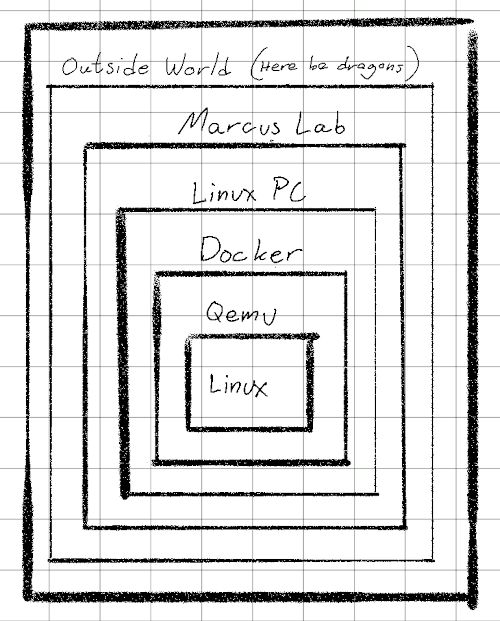kas-container and QEMU KAS KAS [1] is a setup tool for bitbake based projects such as Yocto. There are many similiar alternatives out there and I've tried most of them, but my absolute favorite is KAS.
In order to use KAS, you have to setup a YAML file to contain information about your machine, distribution, meta layers and local configuration. Here is a small example configuration copied from the KAS documentation:

